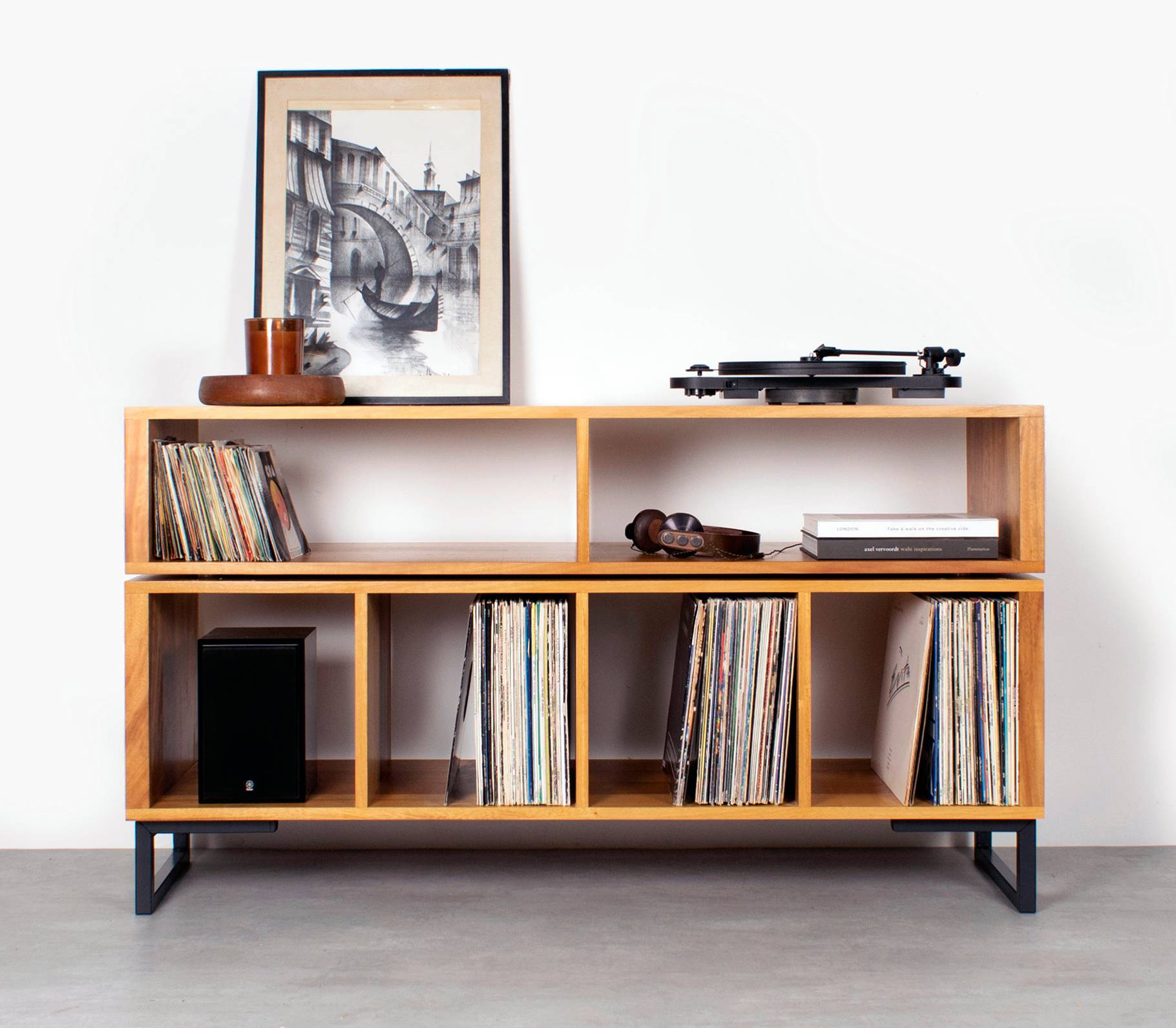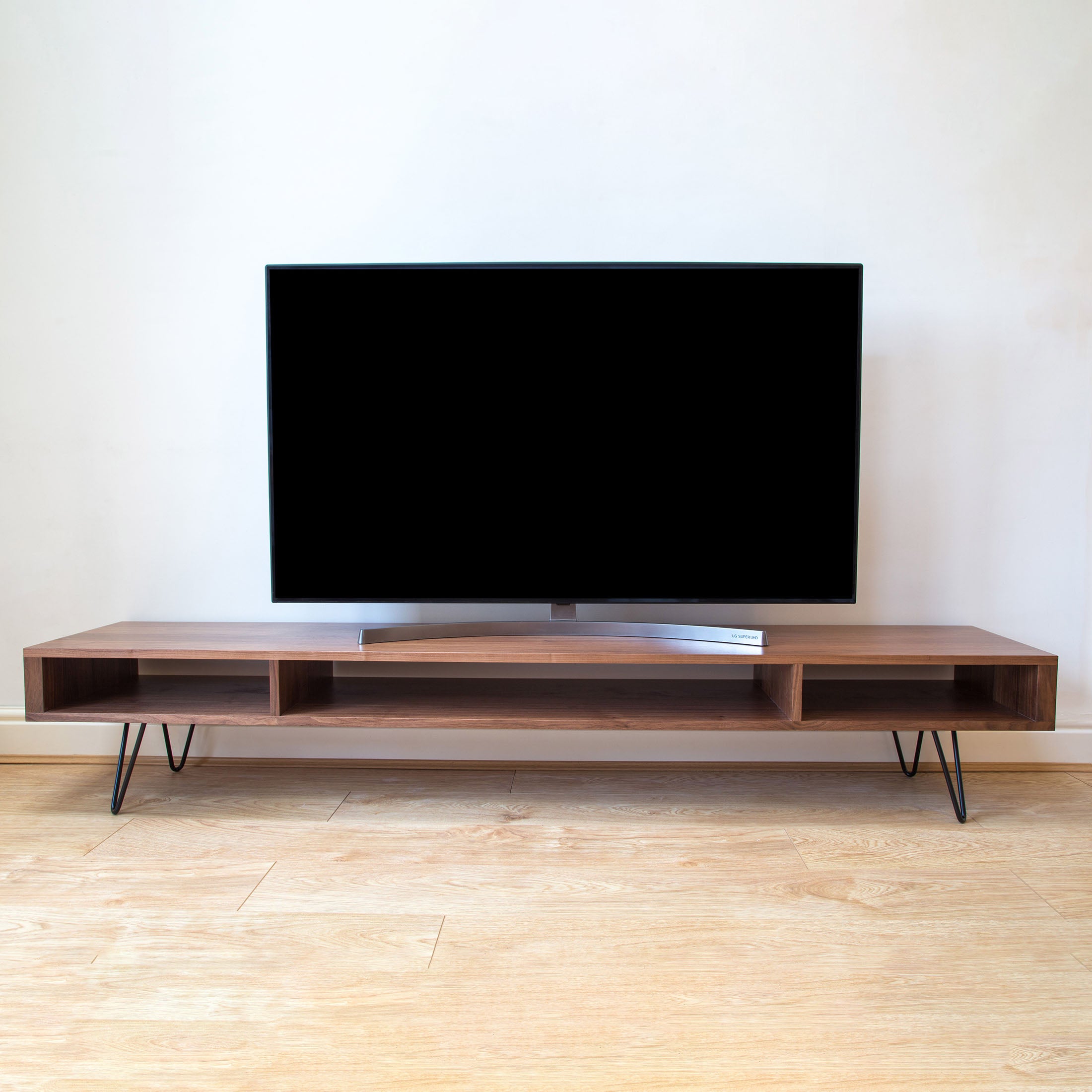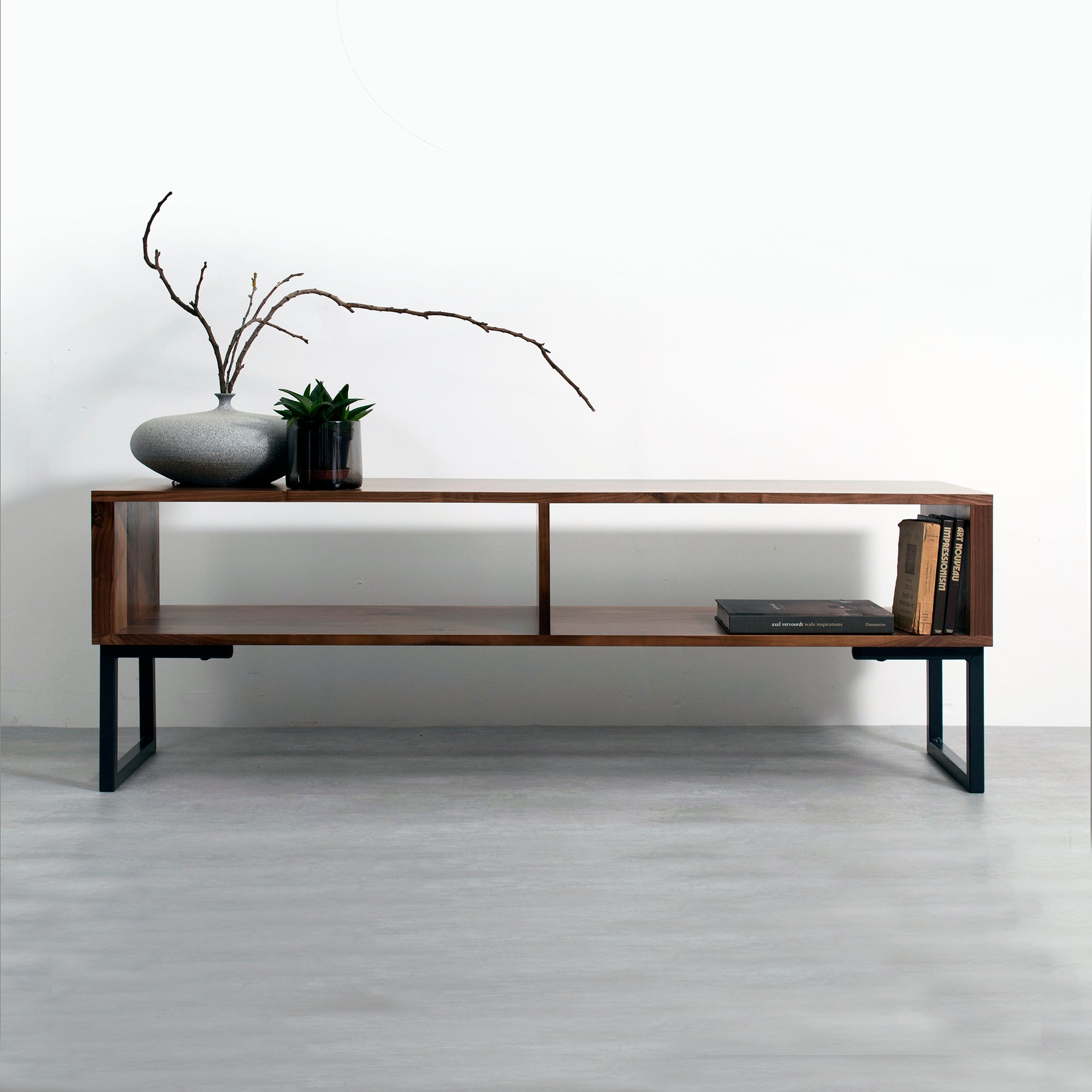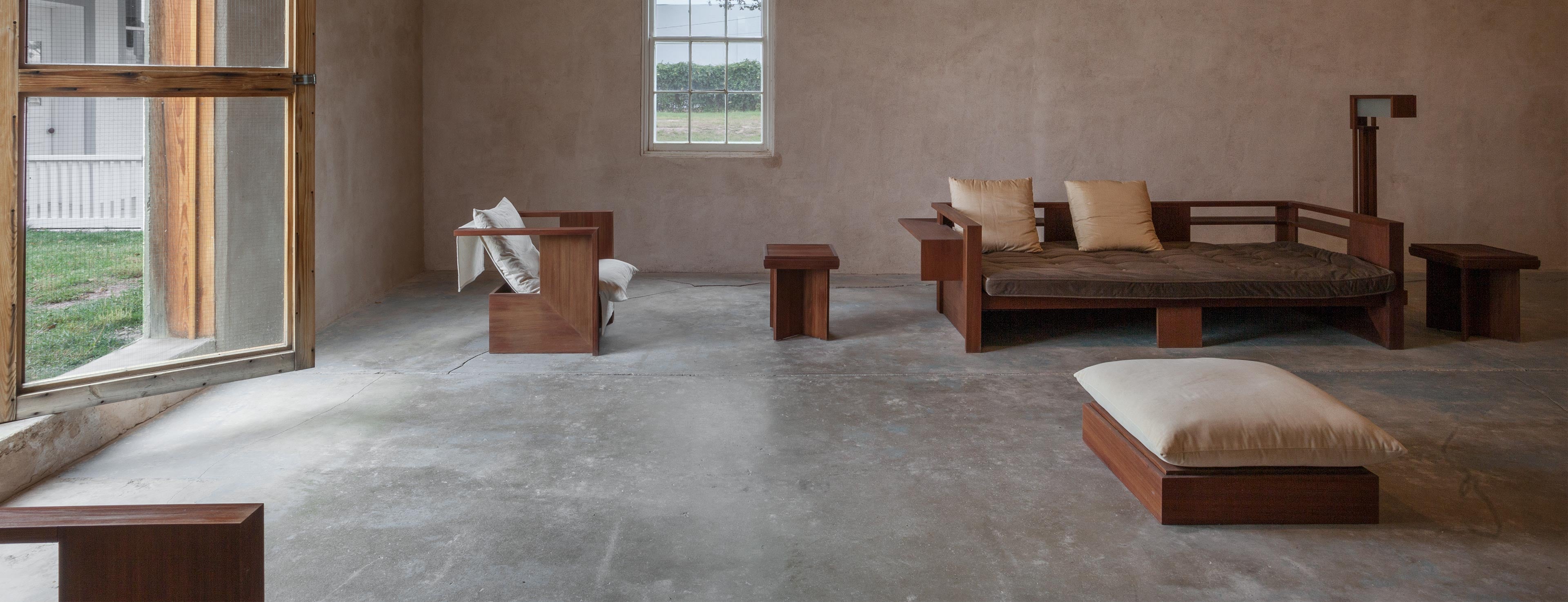
The Minimalist movement
As one of the most influential pioneers of the modern movement in the early twentieth century, the architect, designer and theorist Adolf Loos identified the foundations of minimalism in 1908:
“The development of culture is concurrent with the removal of ornaments from objects of daily use.”
Decades would pass before minimalist aesthetics as we know them today would be well-established in the world of design but there were some crucial moments that helped pave the way...
The 1920s | Learning from the Bauhaus

Image: Barcelona Chair, Ludwig Mies van der Rohe
In the early decades of the twentieth century, the Bauhaus movement advocated that designs should use the least amount of material possible. This was for a number of practical reasons: less expensive manufacturing, greater portability and easier cleaning.
This approach stripped their designs back to pure forms, free from excessive or unnecessary detail paving the way for honest, uncluttered furniture that occupied less space than its detail-laden counterparts. Empty, negative space became an asset as Bauhaus (minimalist) interiors began to emerge to embrace not only restrained silhouettes but also fewer objects overall.
The 1960s | Minimal art

Image: Frank Stella, Hyena Stomp,1962
The term minimalism grew out of the New York-based Minimal Art movement of the 1960s.
An extreme form of abstract art, typified by artworks composed of simple geometric shapes based on the square and the rectangle, minimalism offered a highly purified form of beauty created to represent such qualities as truth (because it does not pretend to be anything other than what it is), order, simplicity and harmony.
Since that era, the term “minimalism,” has been deployed to refer to any object or interior featuring a marked reduction of form.
The 1990s | Keep it simple
![]()
Image: Baron Summer House by John Pawson
The 1990s saw an entire generation of minimalist architects and designers come to prominence—Peter Zumthor, John Pawson, Naoto Fukasawa, Tadao Ando, Jasper Morrison, Maarten van Severen, and more—each in his own way reacting against the excesses of the late-20th-century design industry.
British architect John Pawson CBE is hailed as the father of modern architectural minimalism. For almost forty years he has championed nothingness as the most straightforward form of beauty. He searches for clarity "to make space through the things that you have to have."
“Minimalism is not an architecture of self-denial, deprivation, or absence; it is defined not by what is not there, but by the rightness of what is there and by the richness with which this is experienced.”
Live simply, banish the unnecessary and focus on what matters most.
21st century | Supernormal benefits

Image: Jasper Morrison Supernormal objects
In the 21st century, Jasper Morrison and Naoto Fukasawa went on to develop the concept of the 'Supernormal', a term they used to praise everyday designs that work exceedingly well - "The objects that really make a difference to our lives are often the least noticeable ones that don't try to grab our attention. They are things that we miss the most if lost or broken." explains Morrison.
Championing smart, simple, painstakingly poured-over product design, imbued with a degree of design anonymity (the product is the focus, not the designer name), this modern-day interpretation of minimalism allows you to owner fewer things because the items you do own, simply work well.
“Supernormal” summarizes the numerous qualities that set some objects apart from others in terms of performance. These qualities could be quite obvious ones like super functionality, less obvious ones like atmospheric contribution, or even subjective qualities like, “It’s the wooden spoon I always reach for when I’m cooking.”
(Header image: Whyte Building, Donald Judd, The Judd Foundation)
Blog posts

Vinyl Record Storage Furniture Ideas: Maximizing Space & Style
Vinyl records have made an incredible comeback, and enthusiasts understand the need for proper storage to preserve their cherished collections. With the surge in popularity, furniture designed for ...
Read more
Why and How to Press Your Records at Diggers Factory?
For independent artists, the journey to stardom can be an uphill battle. In the digital age, where streaming platforms rule the music industry, making a name for yourself as an indie artist can be ...
Read more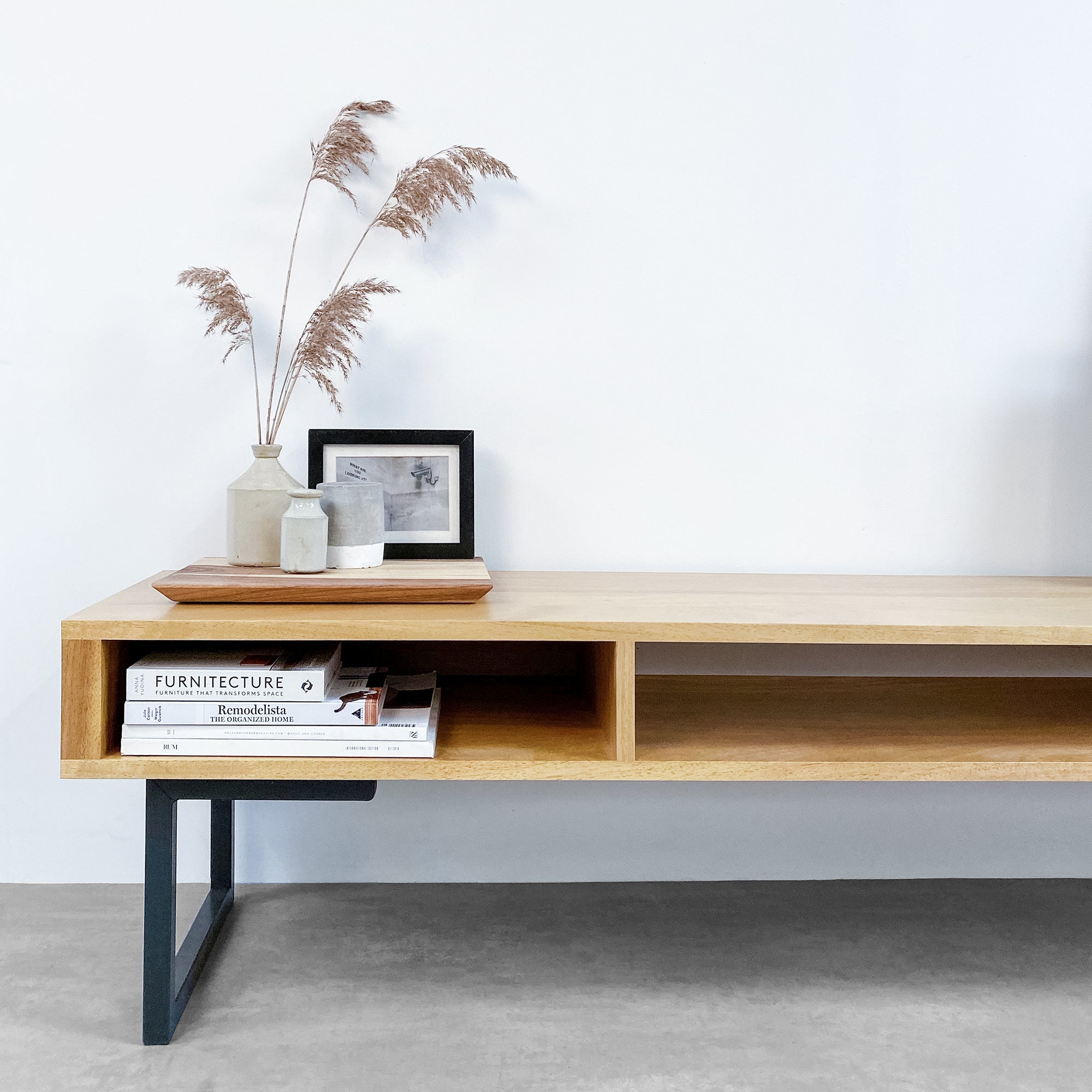
Wide TV Stand Options for the Perfect Setup
A TV stand is not just a piece of furniture; it's an integral part of your entertainment setup and something used and seen every day. While its primary purpose is to support your television, a well...
Read more
